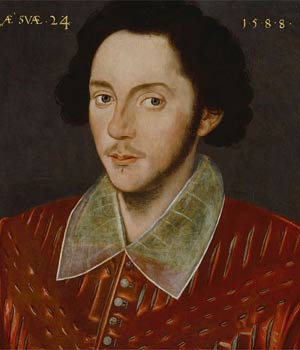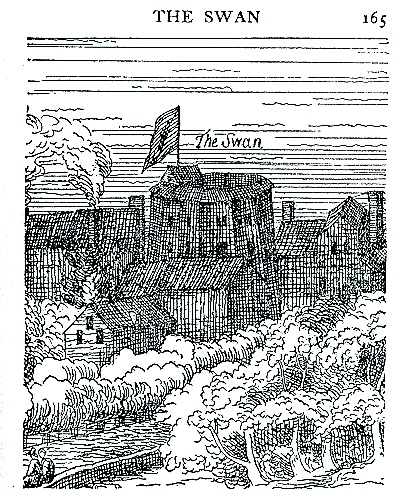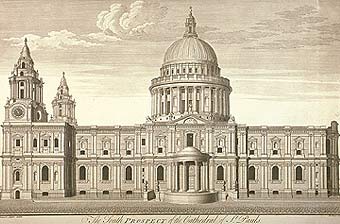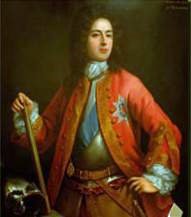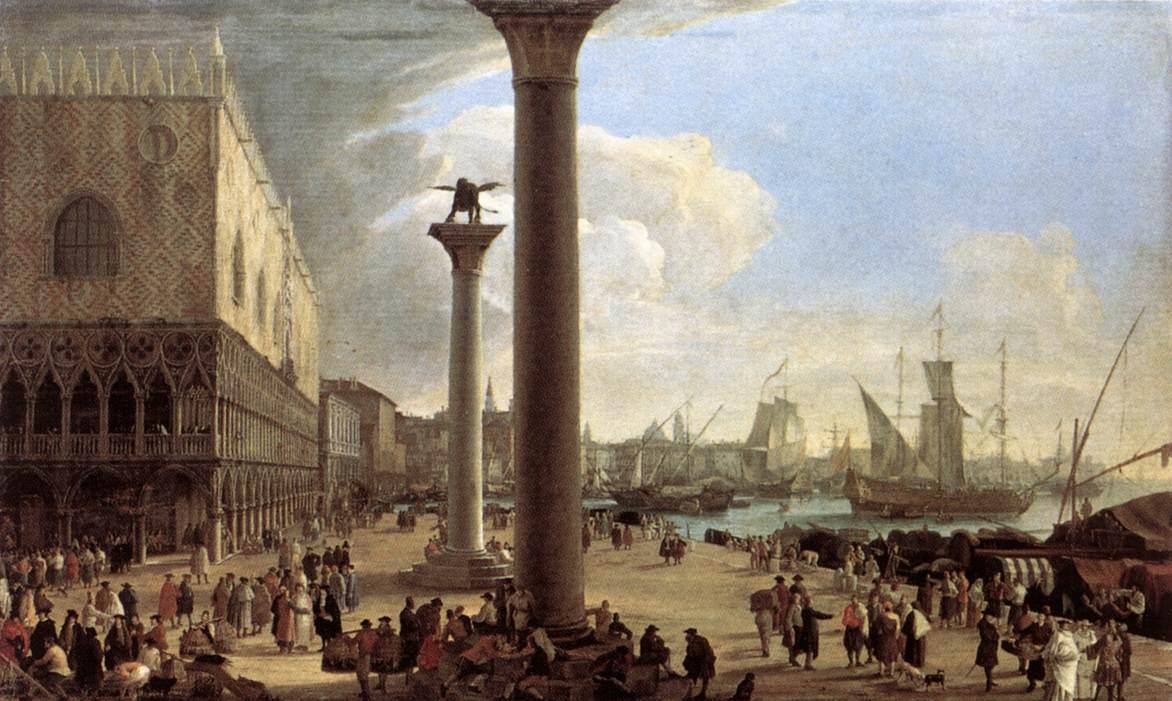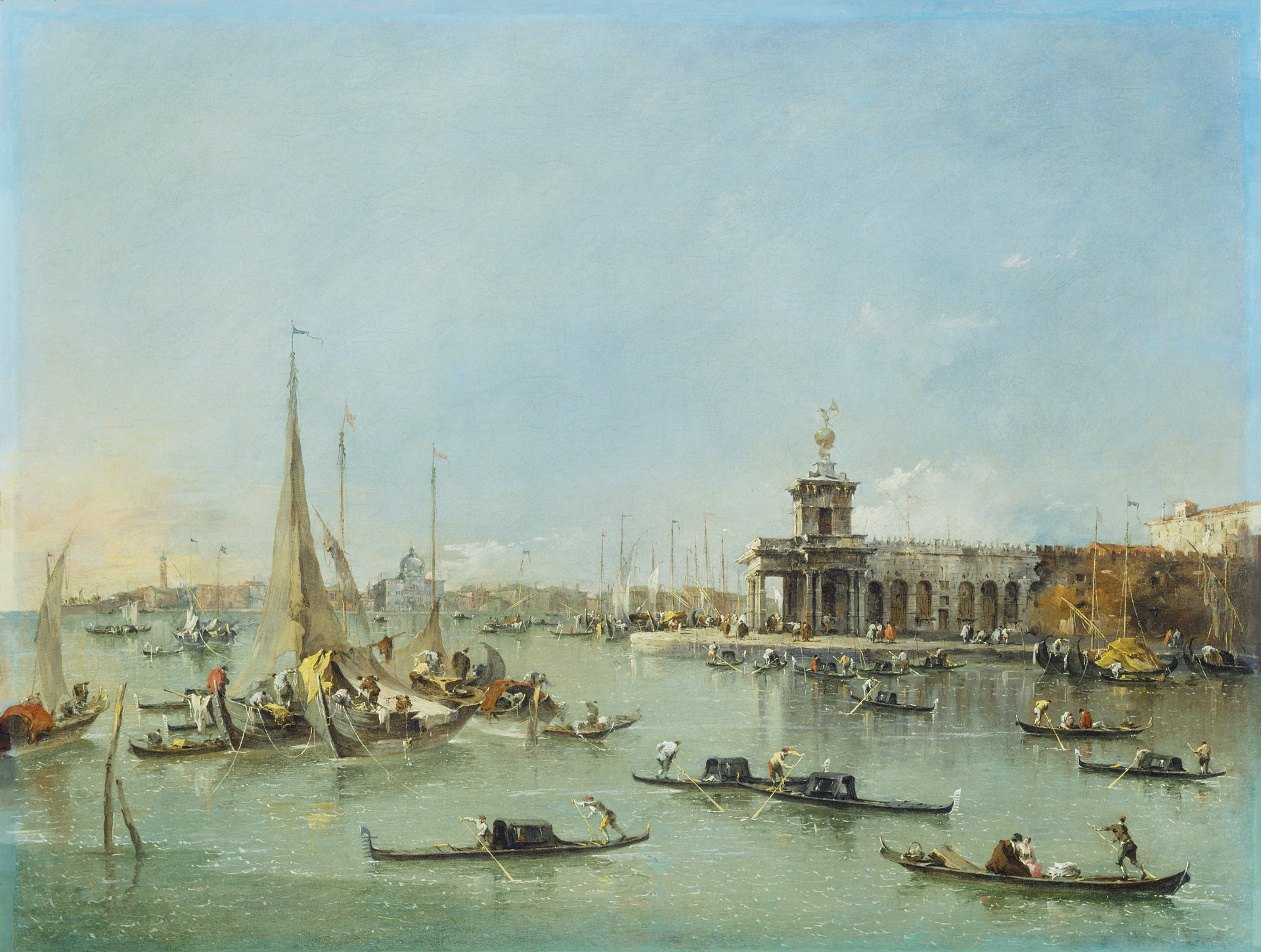 |
| A dramatic scene from A Murder Has Been Arranged performed by Pentland Robson Dramatic Club |
A Murder Has Been Arranged, a ghost story in three acts by Emlyn Williams, was first produced in 1929, and revived circa 1973-74 by the Pentland Robson Dramatic Club.
It was the theatre company's second production in its new home at the Aventine Club Theatre, Cuthbert Street, Gateshead.
The play's central character, Sir Charles Jasper, will inherit £2m if he can survive the night of his fortieth birthday in a supposedly haunted theatre. A dramatic irony, as the Aventine Club Theatre was itself said to have been haunted, perhaps by a errant spirit from the Wesleyan Methodist Church, which stood adjacent to the theatre until its demolition in 1967.
 |
| Image: iSeeGateshead.gov.uk The Wesleyan Methodist Church overshadows the Aventine Club Theatre in 1966 |
The Dramatic Club had a varied repertoire which included melodrama, swashbuckling adventure, as well as modern classics, including a production of N.F. Simpson's theatre of the absurd play One Way Pendulum.
 |
Image: iSeeGateshead.gov.uk
The Little Theatre, Saltwell, circa 1990The venue of the Pentland Robson Dramatic Club's 1970s production of One Way Pendulum |
 |
| Pentland Robson Dramatic Club members stroll through a wood on their annual chill out at Otterburn Hall |


